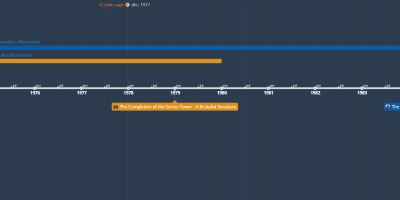The Development of the Brutalist Movement (1 janv. 1950 – 1 janv. 1980)
Description:
(Image: Creator of Brutalism, Le Corbusier)Brutalism is a prominent architectural movement that was mainly developed between 1950 and the early 1980s. The origins of this movement can be traced back to Le Corbusier, a French-Swiss architect who was known as a pioneer of modern architecture and designed many structures with a variety of architectural movements during the 20th century. Brutalism is a form of modernism, which emphasizes raw materials and simple components. In many forms of architecture, decorative materials such as plaster or marble are used to make the building look aesthetically pleasing. However, brutalism revolves around a simple concept: to let the structural elements be shown to the viewer. The word ‘brutalism’ comes from the French term béton brut, which translates to raw concrete. As a result, most Brutalist structures have a simple and unornamented exterior made from concrete. An example of this is the peculiar form of the Geisel Library. When a viewer looks from outside, all they can see is raw concrete and glass, which perfectly fits into the minimalist criteria of brutalism. Another thing to note about brutalism is that it doesn’t particularly have any exact style or form, so the result is that there are many brutalist structures that are different in shape and size.
Ajouté au bande de temps:
Date:
1 janv. 1950
1 janv. 1980
~ 30 years
